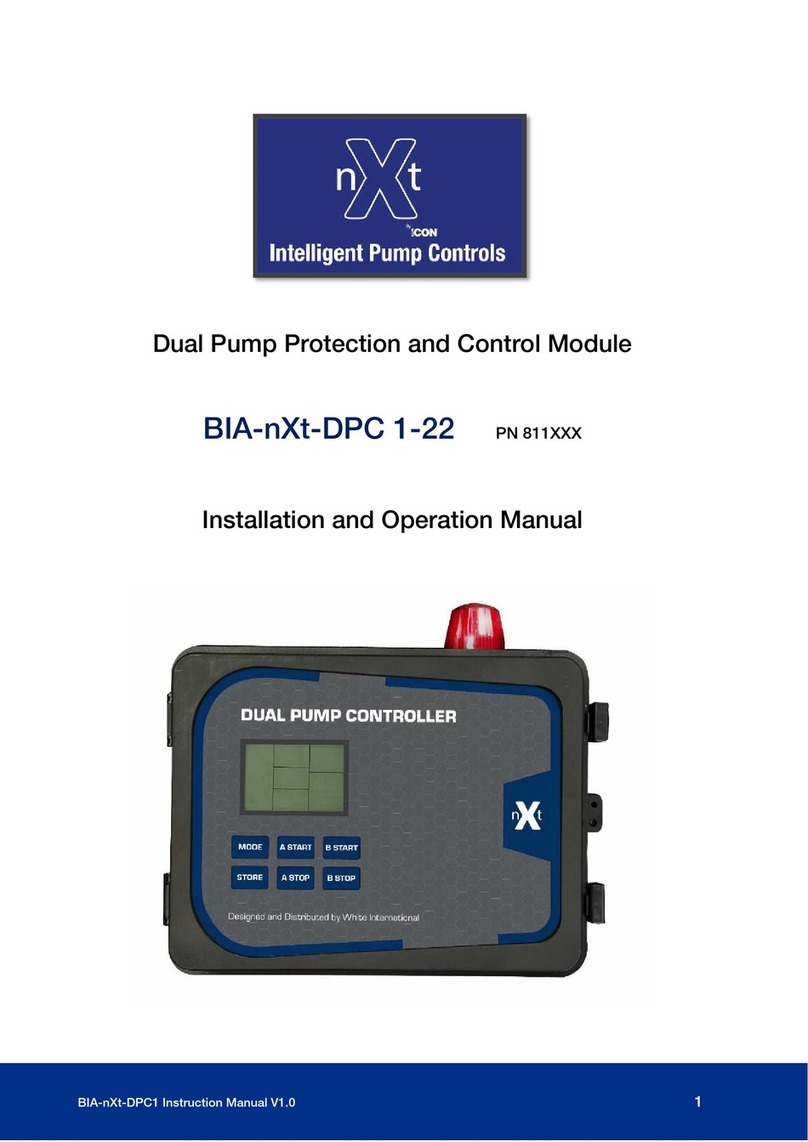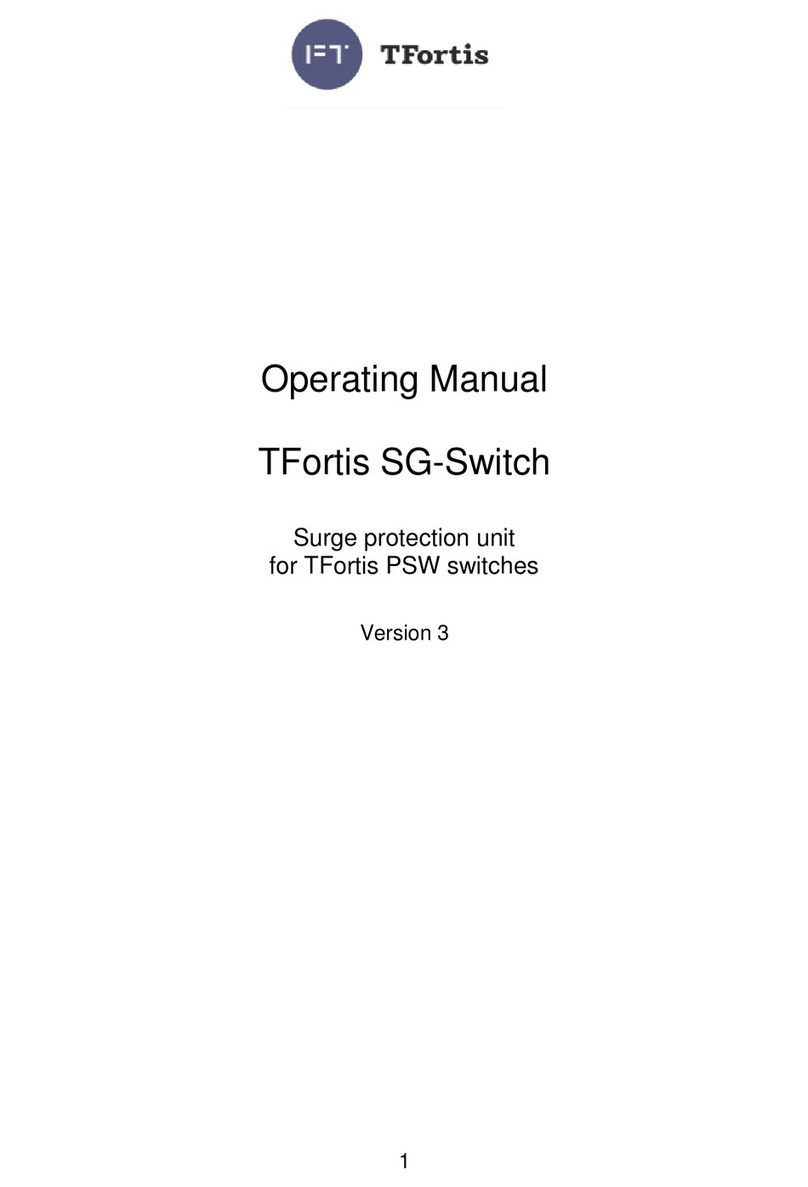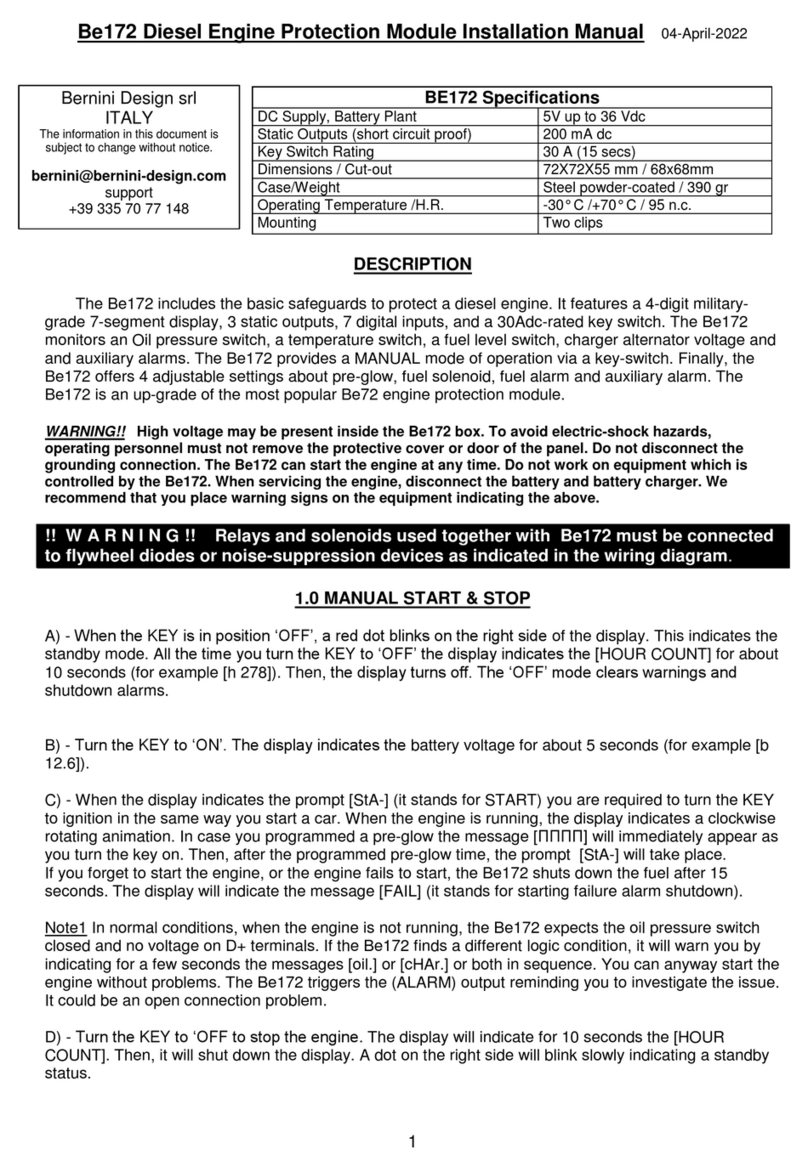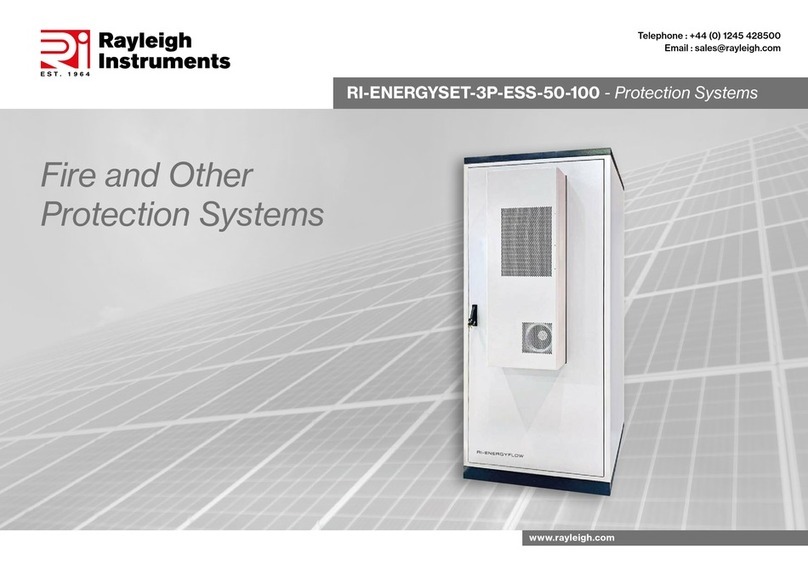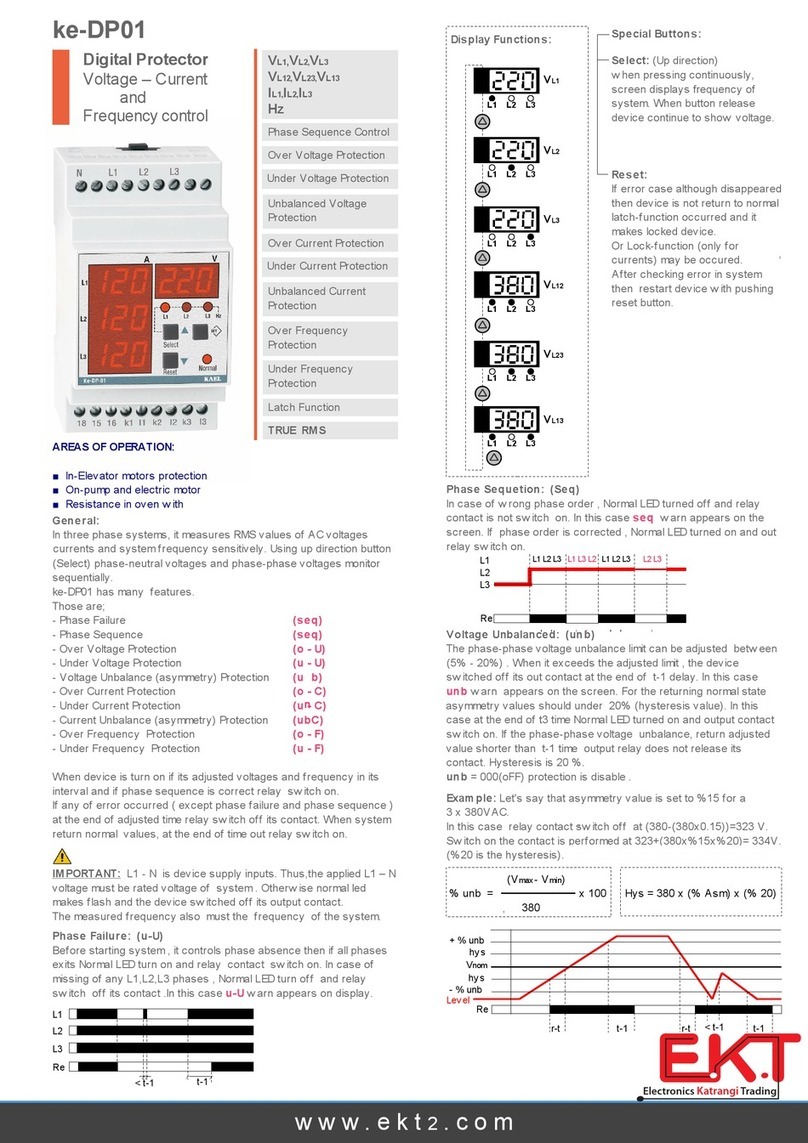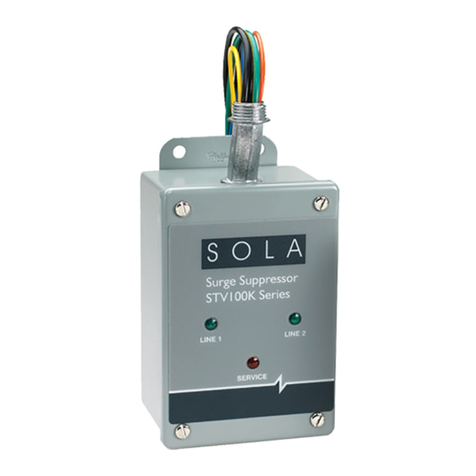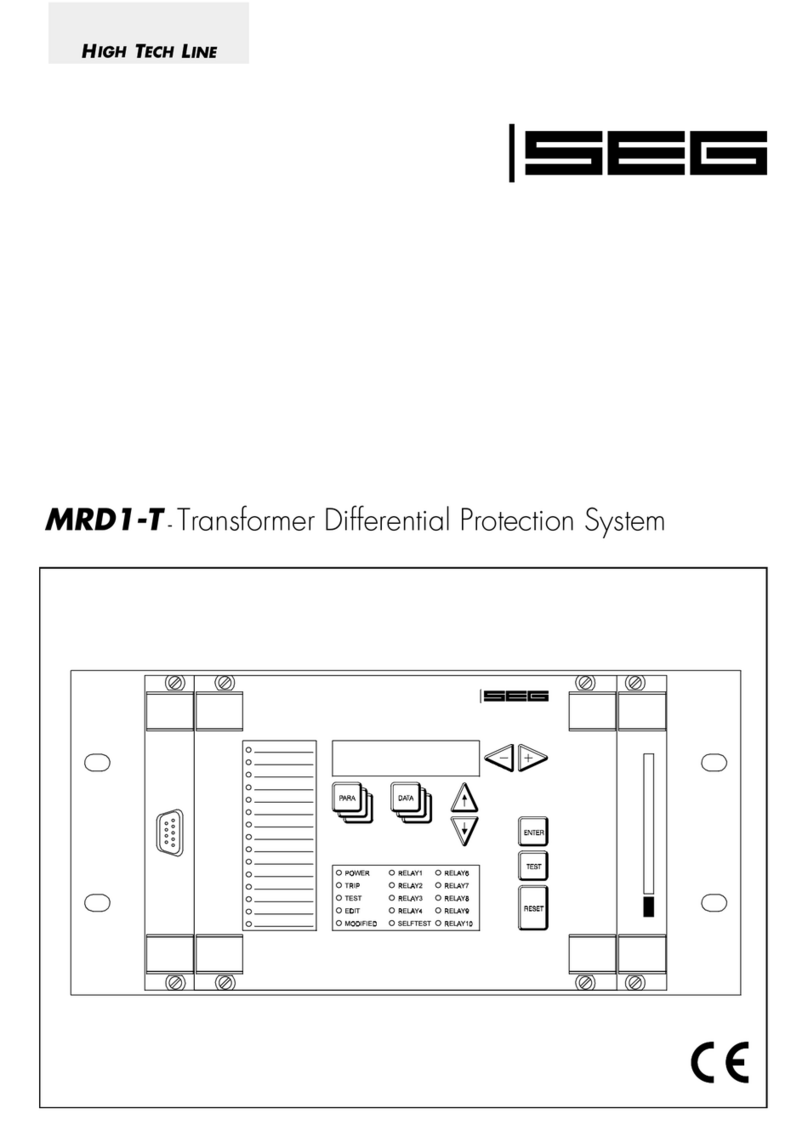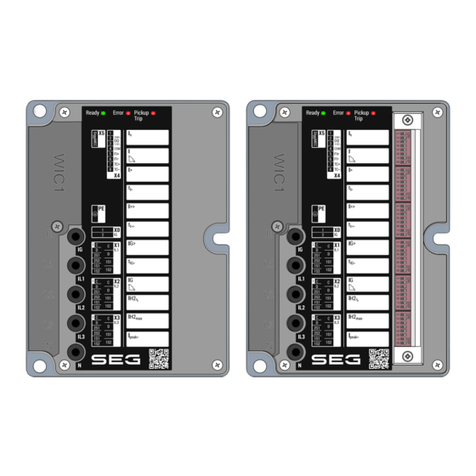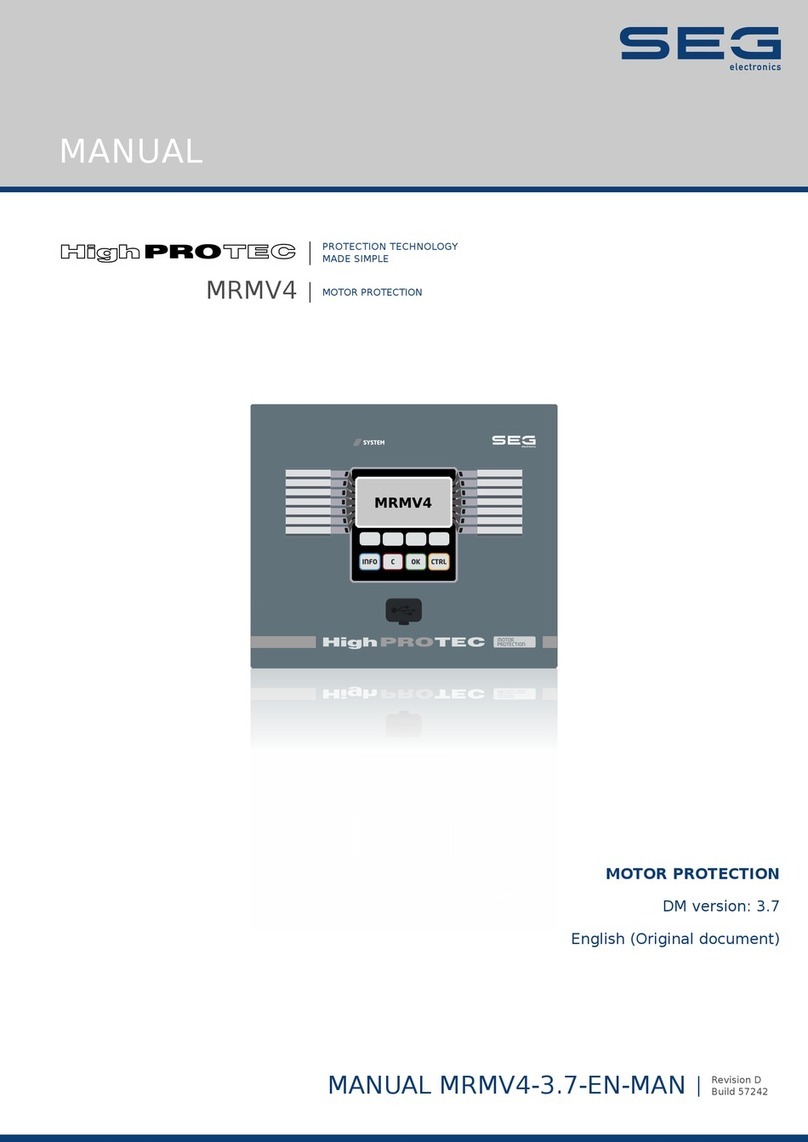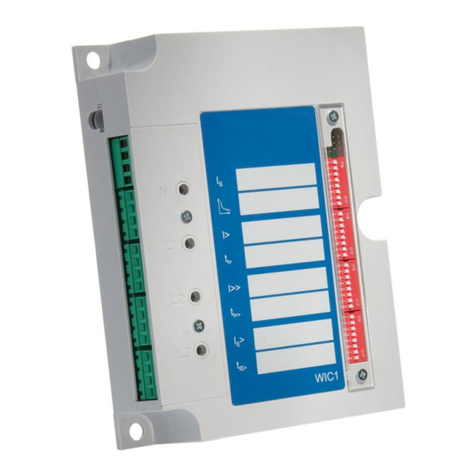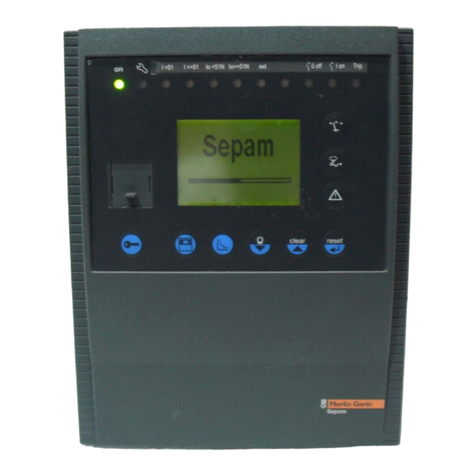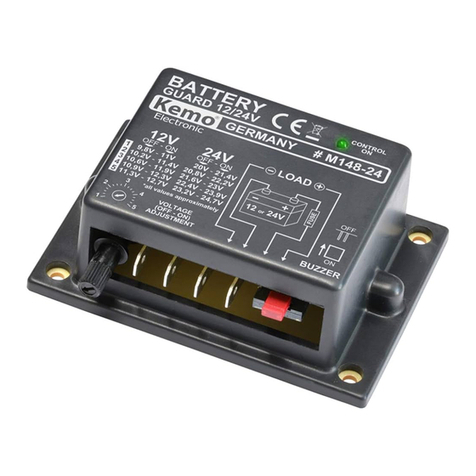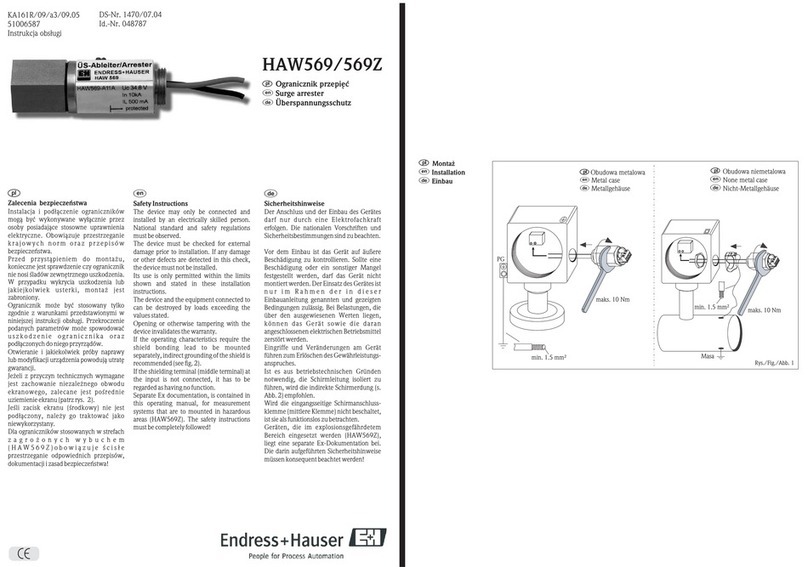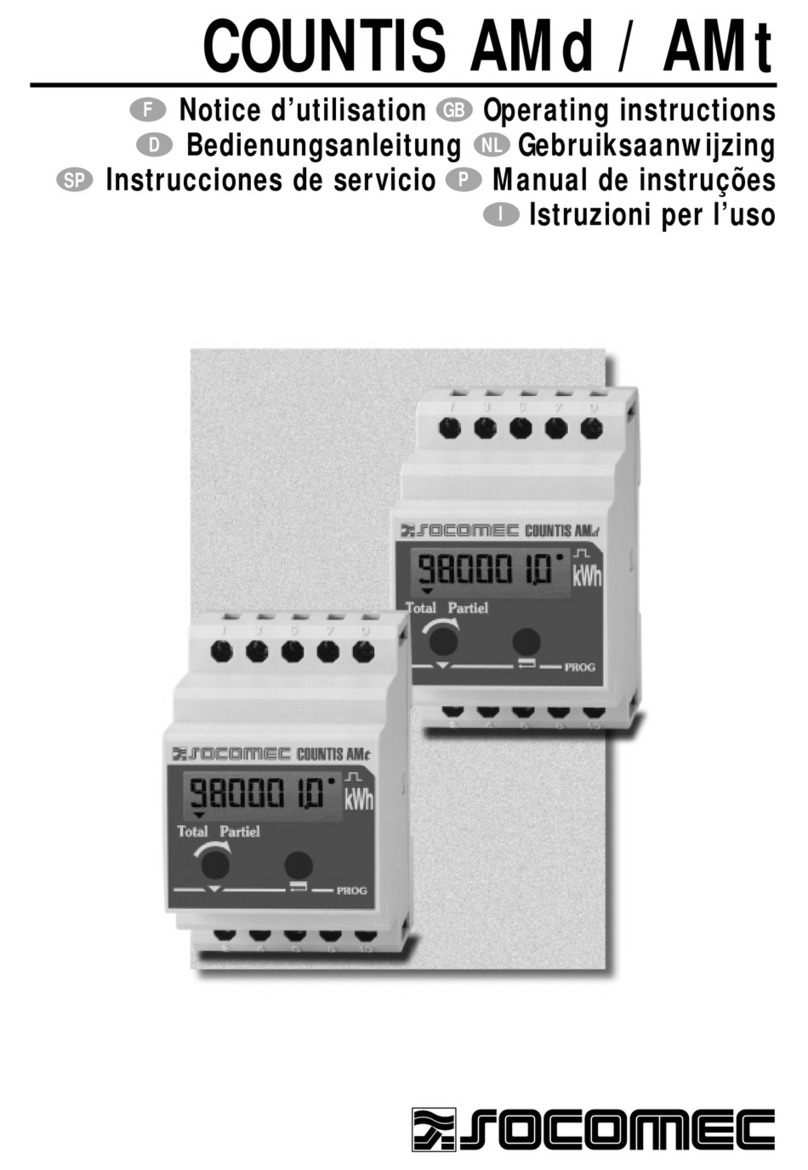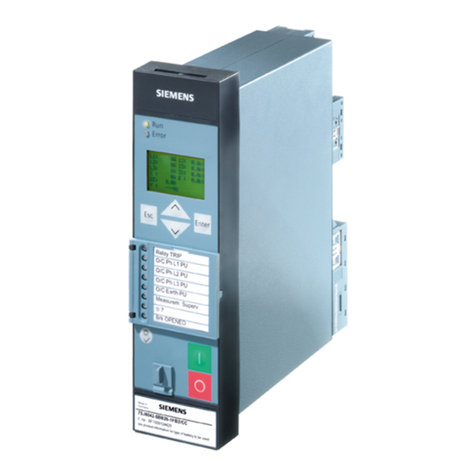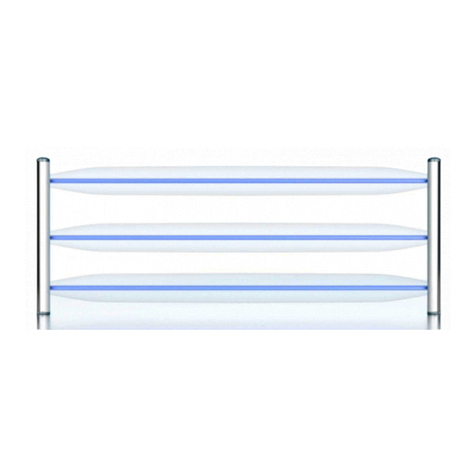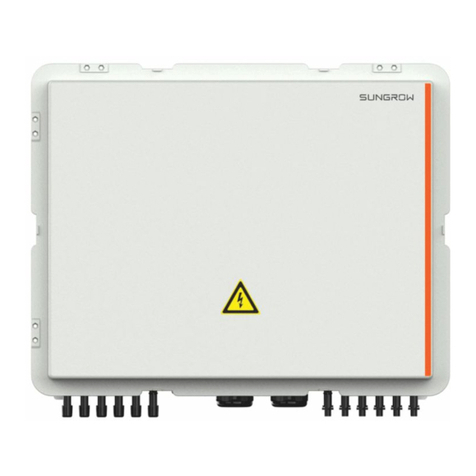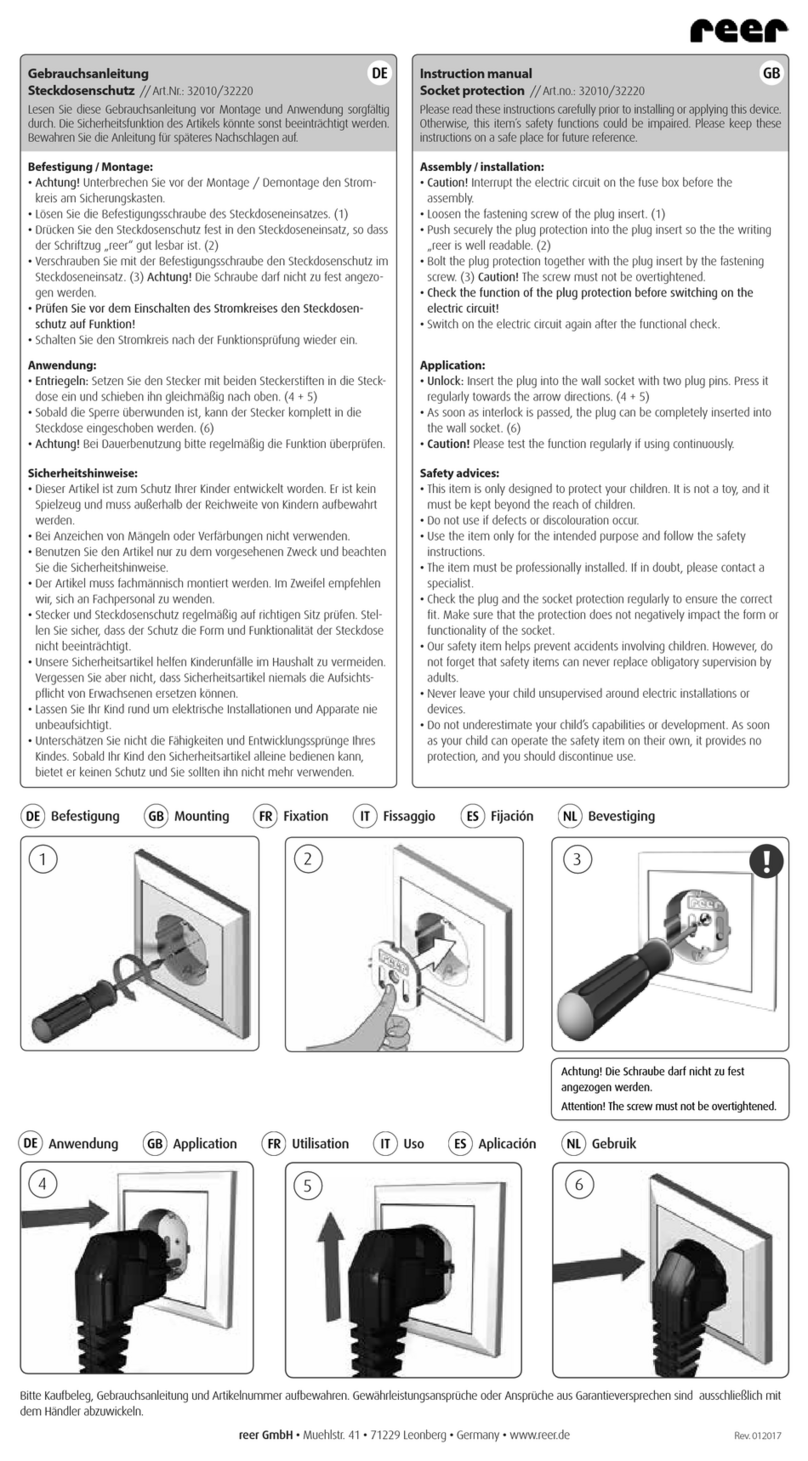
TB MRD1-G 11.01 E 7
3.3 Basic module
Plug-in units 1 and 3 are intended for individual appli-
cations and at our works they are equipped with mod-
ules for measuring value detection in compliance with
the relay function. (see folding page)
!Important Note
The MRD1 must only be dismantled or opened by authorized staff .
Removal of live modules entail severe danger for the person(s) involved because there can no sufficient protection
against accidental contact be guaranteed as soon as the relay has been opened. Furthermore there is the risk of
the modules being damaged by electrostatic discharge (ESD/EGB) when handled improperly.
Identical modules must not be exchanged between different MRD1 basic versions.
..
.
Calibration of every MRD1 is done at work with regard to the specific features of that relay.
A random change
of modules would lead to unreliable operation of the relay because the compatibility of the relay components
among each other would be in disorder and could not be guaranteed any longer.
Any modification jobs on the MRD1, for instance, exchange of modules or software additions, are only allowed
to be done at our works or by authorized agents.
3.3.1 Basic module NT 6I
For generator, motor and transformer differential pro-
tection, module NT-61 is plugged into the first space.
Measuring inputs
The module consists of six current measuring channels
which are used for measuring the three conductor cur-
rents of each winding. The CT start point must be
formed outside the relay since all 12 CT connections
are wired separately on terminals. In addition to other
measuring or protection devices the MRD1 can be
looped in to existing CT lines, assumed the CT being
able to carry the total burden.
Apart from further connections for voltage supply of the
relay, the module is also provided with a digital input
for remote resetting as well as connection facilities for
the five output relays. Four of these are free to be used
acc. to requirement, the fifth is assigned for Selftest Re-
lay.
RESET Input
If a voltage is applied to terminals of the RESET input
(C8-D8), the MRD1 is reset to its basic status. By this
procedure possible alarms and trip signals are can-
celled.
The voltage applied for resetting must be within the
permissible high-range (see technical data), although it
must not necessarily be identical with the latter. The
input is galvanical isolated from the relay electronics.
Contact D8 is also the neutral or minus for the block-
ing input.
Blocking Input
If a voltage is applied to the terminals of the blocking
input (D8-E8), all protection functions assigned to the
output relays are blocked. Terminal D8 is also the neu-
tral or minus for the input.
Alarm relays
Potential free outputs of the five alarm relays provided
are at terminals C, D and E, series 1 to 7. Exact allo-
cation can be taken from the connection diagram. Re-
lay 5 is permanently assigned to Selftest Relay. Func-
tion allocation of the remaining relays is free and can
be defined when programming (see chapter 5). Two
of these four relays are provided with two changeover
contacts each and the other two with one changeover
contact each.
